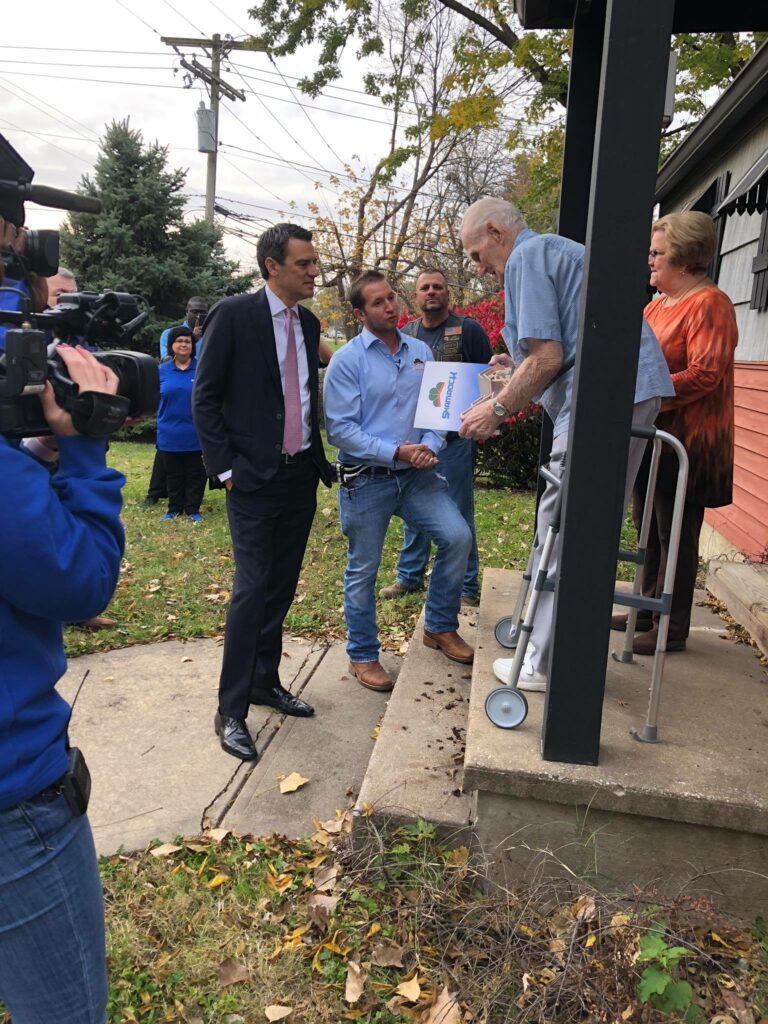In many ways, strong communities have long stood as the foundation for happy, high-quality lives. When you live in a good community, you can rely on the support and camaraderie of your neighbors, and of all neighboring businesses. In these environments, residents can work together to fight and prevent crime, petition for the political changes they want to see, and create living and work spaces that everyone can thrive in. Sadly, however, the general sense of community has undergone a sharp decline in recent decades. Currently, fewer people know their neighbors, and many don’t even care to know them. Community events are largely a thing of the past, and more families and residents are relying on social and support systems that aren’t geographically near them.

There are countless reasons for these changes. In some areas, communities have dissolved or greatly evolved as the result of changes in housing options. With more people renting rather than owning their properties, and a growing number of people living in apartments and condos rather than houses, block parties, community organizations, and other traditional aspects of community are dying off. Apartment dwellers and renters in general tend to move more often than homeowners do. As a result, many of these individuals move in and then move away before they’ve gotten an opportunity to discover and truly learn about the people, businesses, and organizations that temporarily surround them. With increasingly rapid turnover rates, communities aren’t always clearly defined, and they don’t always incite feelings of loyalty, ownership, or membership.
How Communities Are Being Broken Down by Social Change
The idea of community as being a geographic fixture rather than something ubiquitous and open to membership for anyone has seen a steep decline as the world has become increasingly globalized and Internet-oriented. More people find themselves to be comfortable members of digital communities rather than the physical communities that they actually live or work in. Many people have close friends or associates that they interact with daily, and yet who live in regions that they’ve never physically visited. As such, the traditional sense of community in many ways declines in direct proportion to the changes in how people define personal association. When time, care, and thought is largely devoted to digital communities, most people and businesses have little opportunity, resources, or interest to invest in the physical communities around them.
Modern “communities” are frequently defined by the values of the individuals who make up their bodies. People frequently interact with or join communities according to commonalities in sexual orientation, religious affiliation, political beliefs, and even socio-economic status. Although these communities offer support that can be affirming and at times, even life-saving, they ultimately cannot replace the benefits of having a strong, geographically local, physical community as well. More importantly, as people increasingly define themselves as being part of communities that hold strong, clearly defined values and beliefs, but that aren’t necessarily local to them, this creates divides between individual community members, and the people who actually fill their physical lives. The desire to consistently be among like-minded people means that strong, diverse, local communities are gradually losing their value.
Traditional communities often valued diversity and collective togetherness. After all, a community is strongest when it boasts a broad and sufficiently diverse range of talents, personalities, trained professionals, organizations, value systems, and beliefs. Diverse communities have more to offer to their members, and they’re capable of meeting a significantly greater range of needs.
The value of reestablishing traditional communities and of renewing recognition of their importance is incalculable. Strong communities foster the creation of high-performing local schools, property values go up, and the marketability of both real estate and existing businesses increase as well. Community members have multiple resources that they can turn to, and every individual has a variety of excellent opportunities for stress management, socialization, and social learning. The step towards regaining the benefits of traditional communities must be both collective and individual. Residents can start volunteering at nearby organizations, and local companies can implement programs and provide opportunities that benefit community members. To find out more about building strong, supportive communities, get in touch with us today at 913-850-6556.